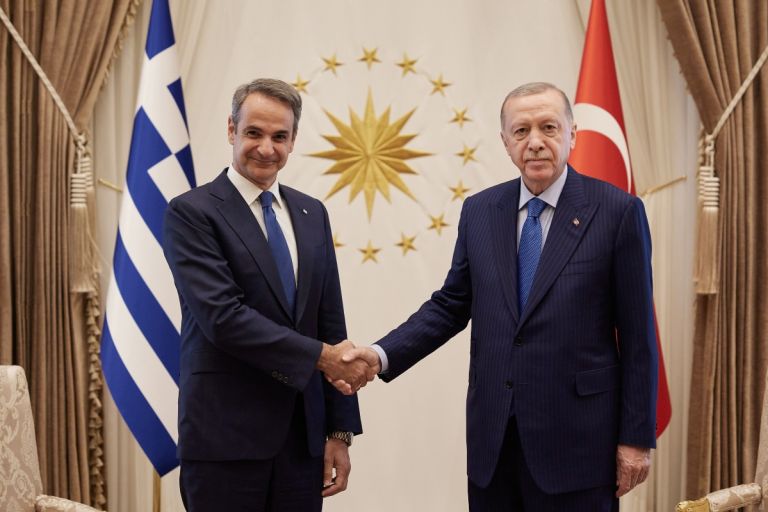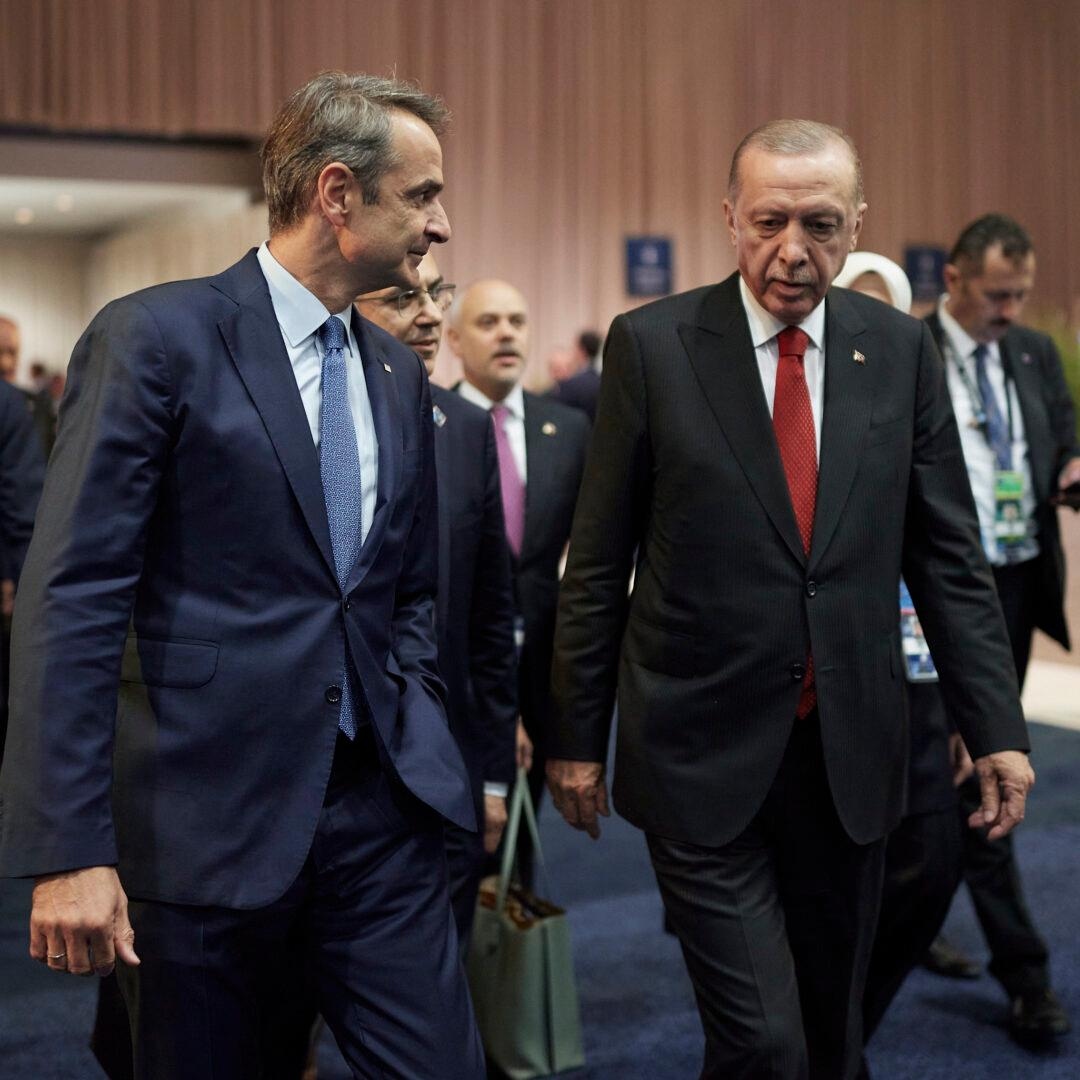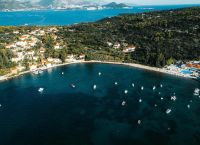Mitsotakis–Erdogan Meeting in New York: Open Channels or New Escalation?

Πηγή Φωτογραφίας: eurokinissi/Mitsotakis–Erdogan Meeting in New York: Open Channels or New Escalation?
Turkey appears increasingly confident, having reconnected with the White House and revisiting deals for F-16s and F-35s, while movements in the Aegean, such as the NAVTEX for the research vessel Piri Reis, keep tensions high. Athens remains on alert, aware that any provocation could trigger an immediate response and destabilize the situation.
Expected Discussion Topics
- EEZ and Continental Shelf: Officially the only point of dispute according to Greece, but with broader geostrategic implications.
- Maritime Spatial Planning and Marine Parks: Greek initiatives that could foster cooperation or provoke friction.
- Eastern Mediterranean Energy Prospects: Hydrocarbon blocks south of Crete and the Peloponnese, with European interest.
- Turkey-Libya Memorandum: Ongoing challenges to Greek maritime rights in the southeast Mediterranean.
- SAFE European Defense Program and Casus Belli: Turkey’s participation in European defense projects is linked to abandoning threats of military action.
- Cyprus and Minority/Religious Rights: Likely to be discussed, though not a central topic.

Key Factors Determining the Outcome
1. Level of Commitments and Red Lines Greece is firm: progress is only possible with clear conditions — no provocations at sea, a focus solely on EEZ and continental shelf, and abandonment of casus belli for Turkey’s participation in European programs.
2. Post-Meeting Behavior in the Field Any new NAVTEX or Piri Reis movement in the Aegean would immediately undermine diplomatic efforts. Conversely, restraint would signal a willingness to de-escalate.
3. Role of the United States Negotiations over F-16/F-35 jets and S-400 issues directly affect the strategic balance and the dynamics of the meeting.
Possible Scenarios
A. De-escalation Reaffirmed communication channels, avoidance of new NAVTEX, and agreement to restart the Supreme Cooperation Council with a timeline — small but fragile steps toward trust.
B. Frozen Diplomacy Agreements on general orientations without binding commitments. Relations remain tense, with room for instability in the field.
C. New Escalation Immediate provocations at sea or rhetoric expanding the agenda (gray zones, demilitarization of islands), returning to a cycle of tension.
The New York Test
The meeting is unlikely to deliver dramatic solutions but will reveal whether there is room for de-escalation or if a new cycle of tension is beginning. The first 48–72 hours after the meeting — monitored via NAVTEX, military movements, and statements — will show whether Greece can position itself as a “pillar of stability” in the region or if the dynamics will be lost in the noise of Turkish actions.
Διαβάστε όλες τις τελευταίες Ειδήσεις από την Ελλάδα και τον Κόσμο






Το σχόλιο σας